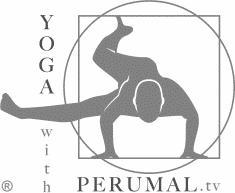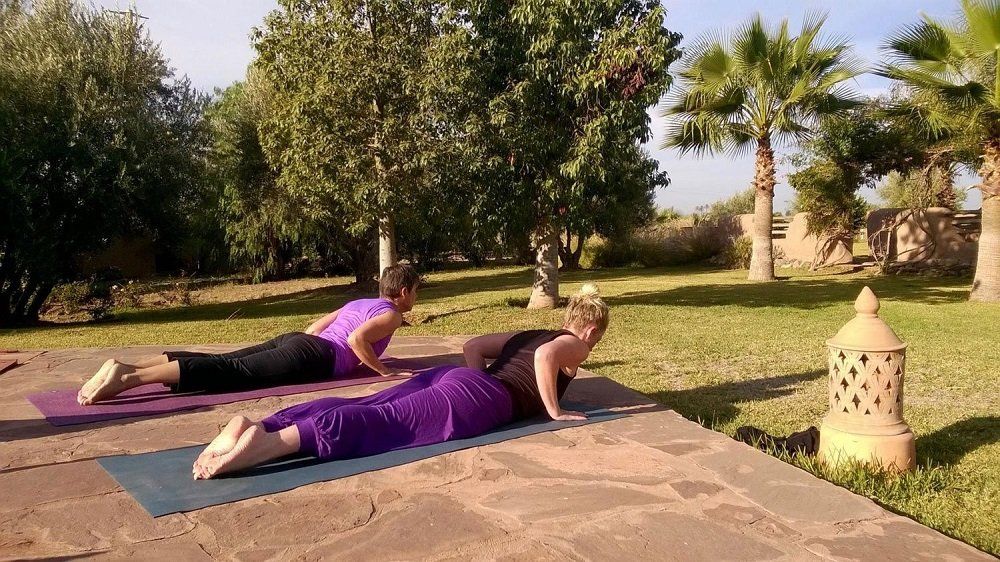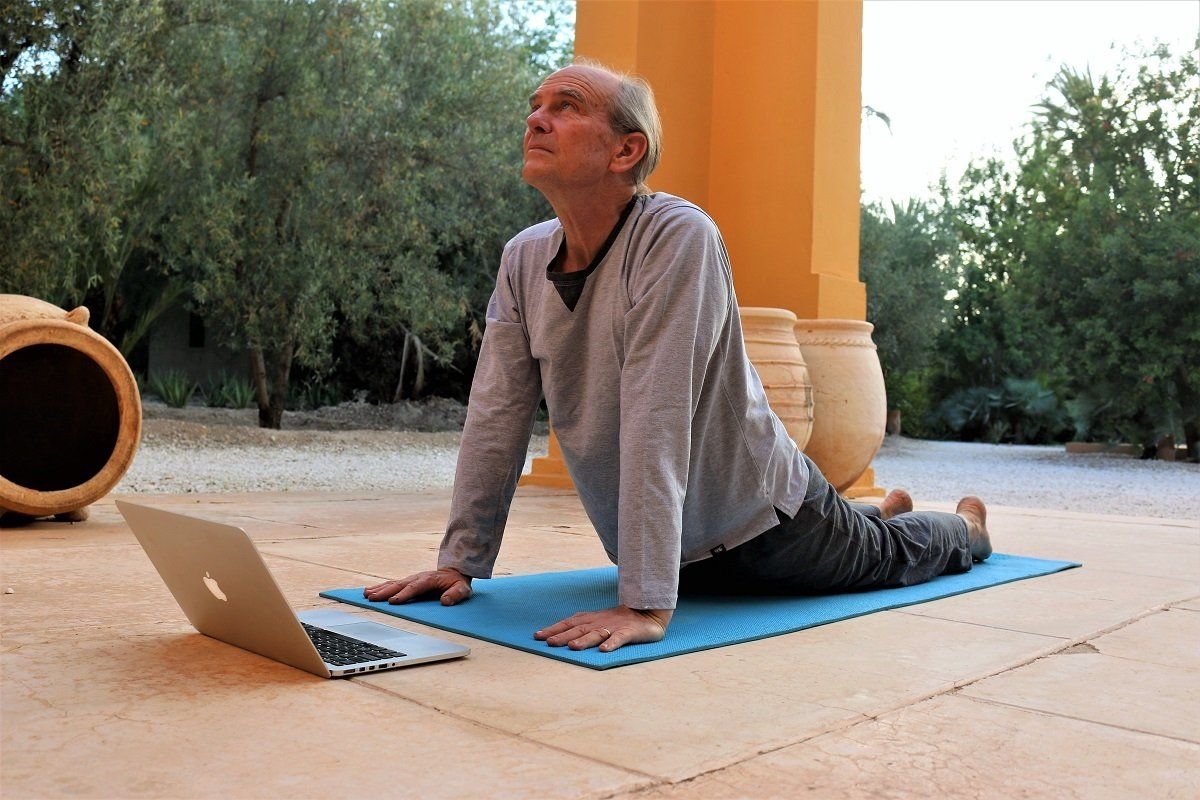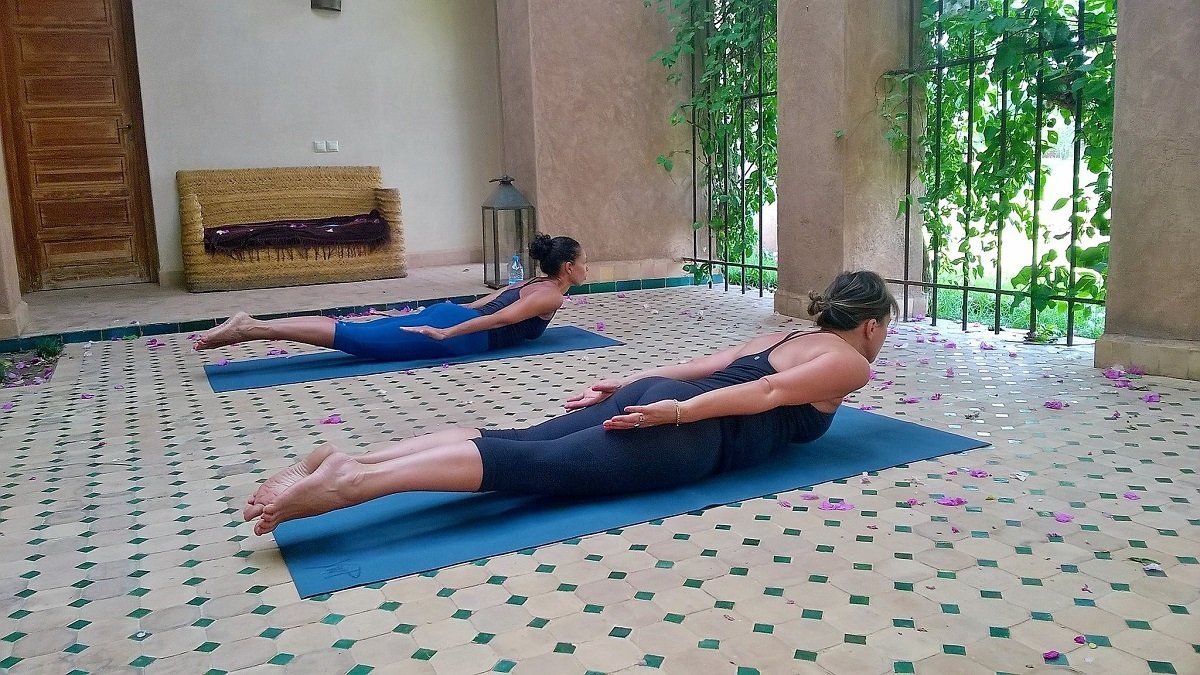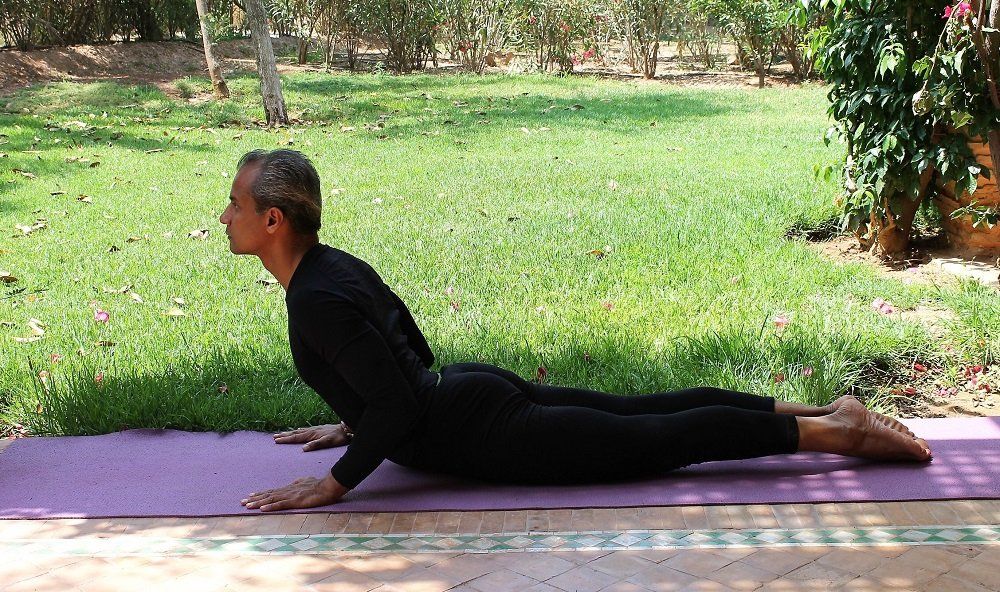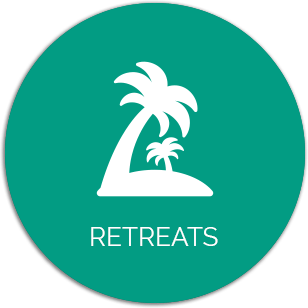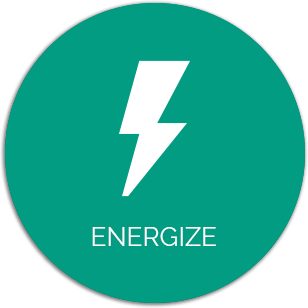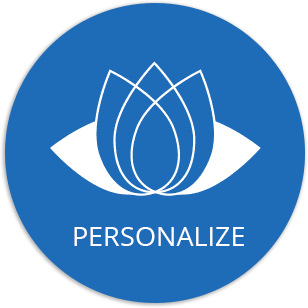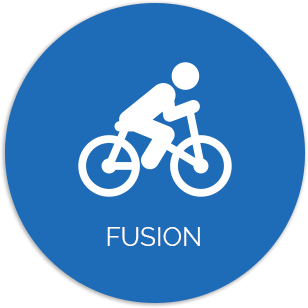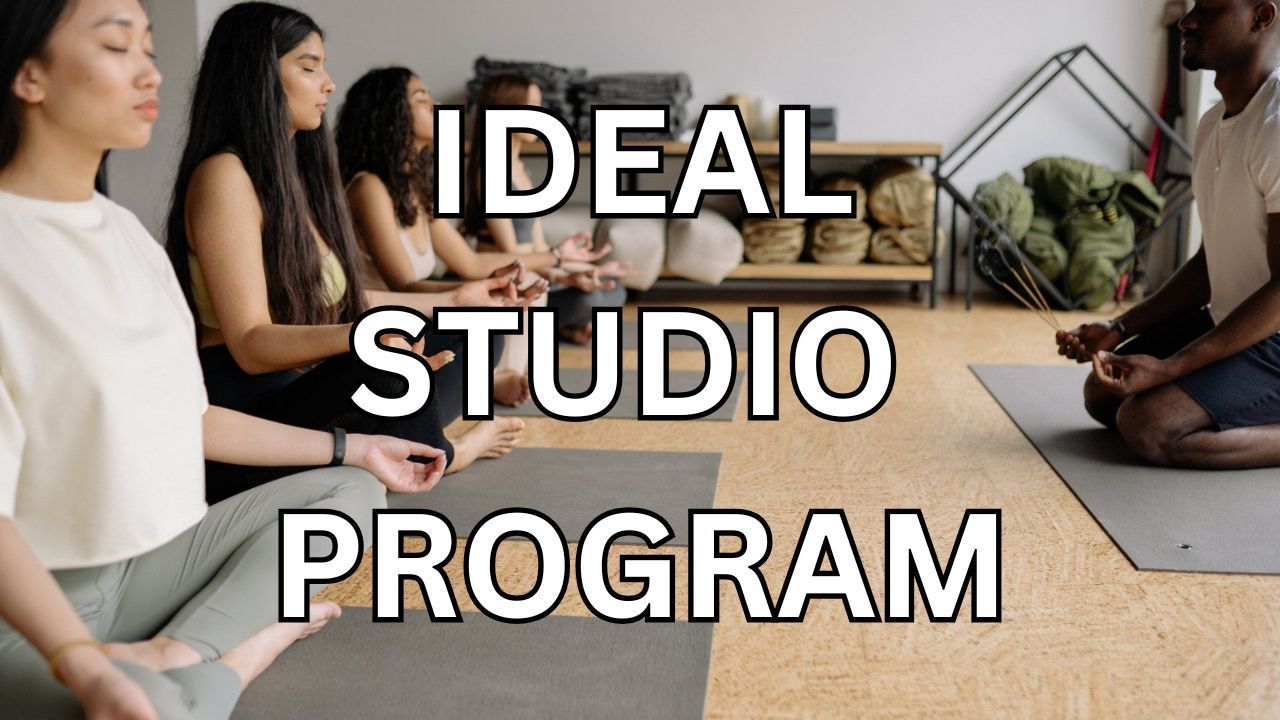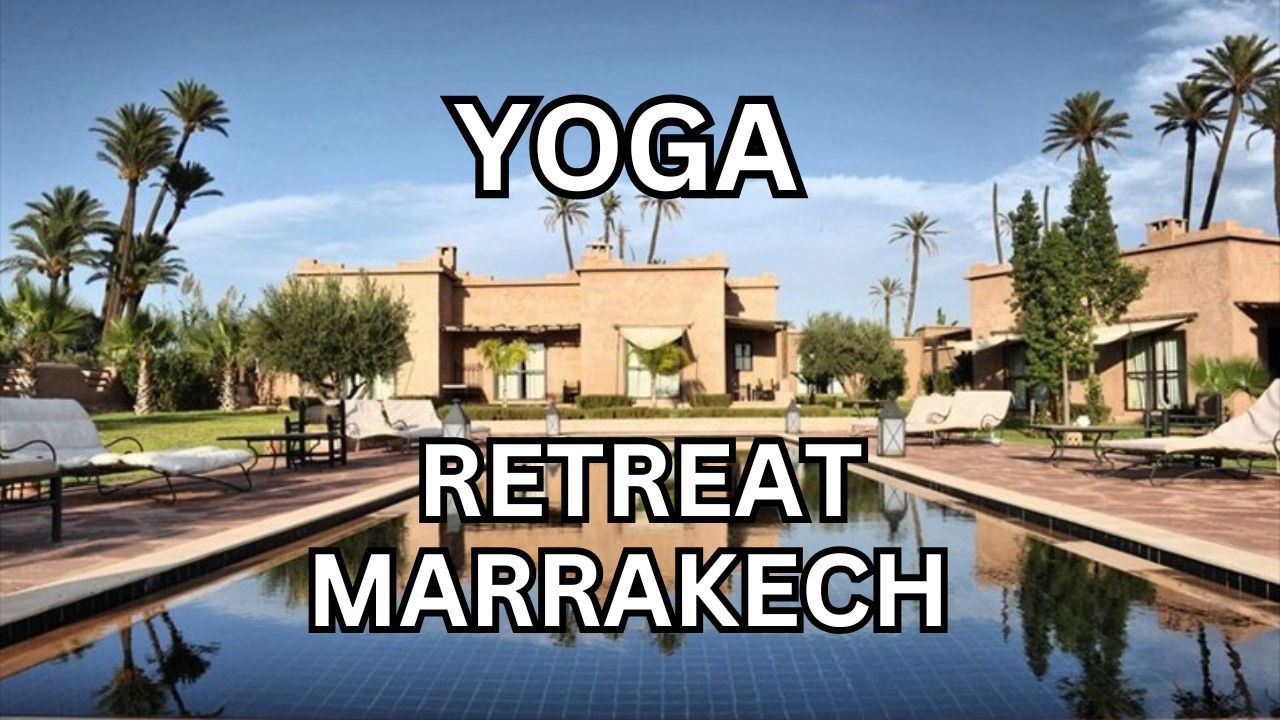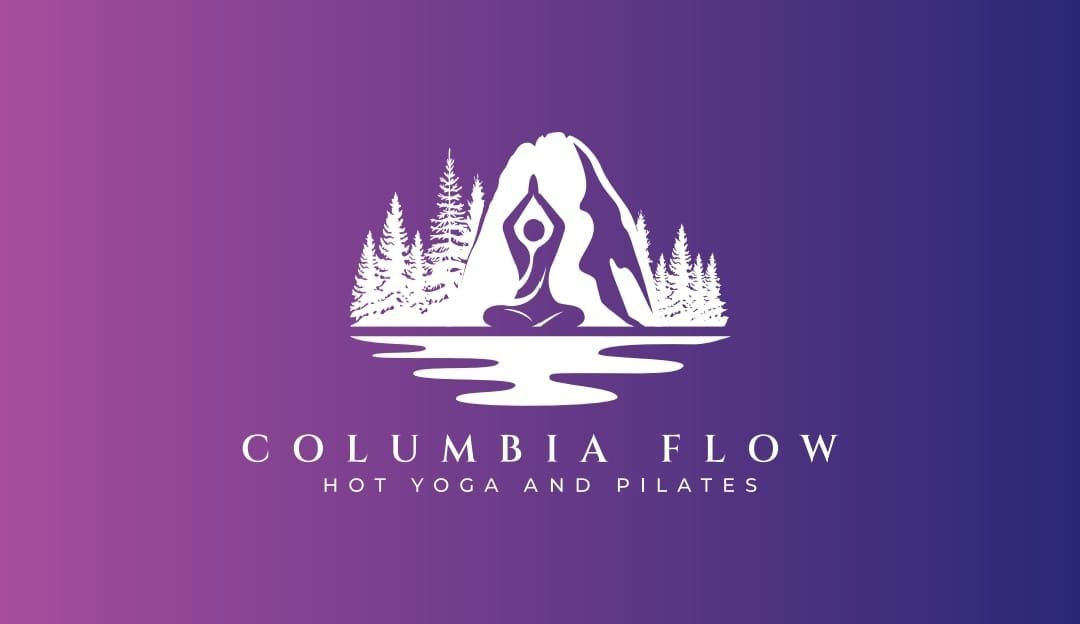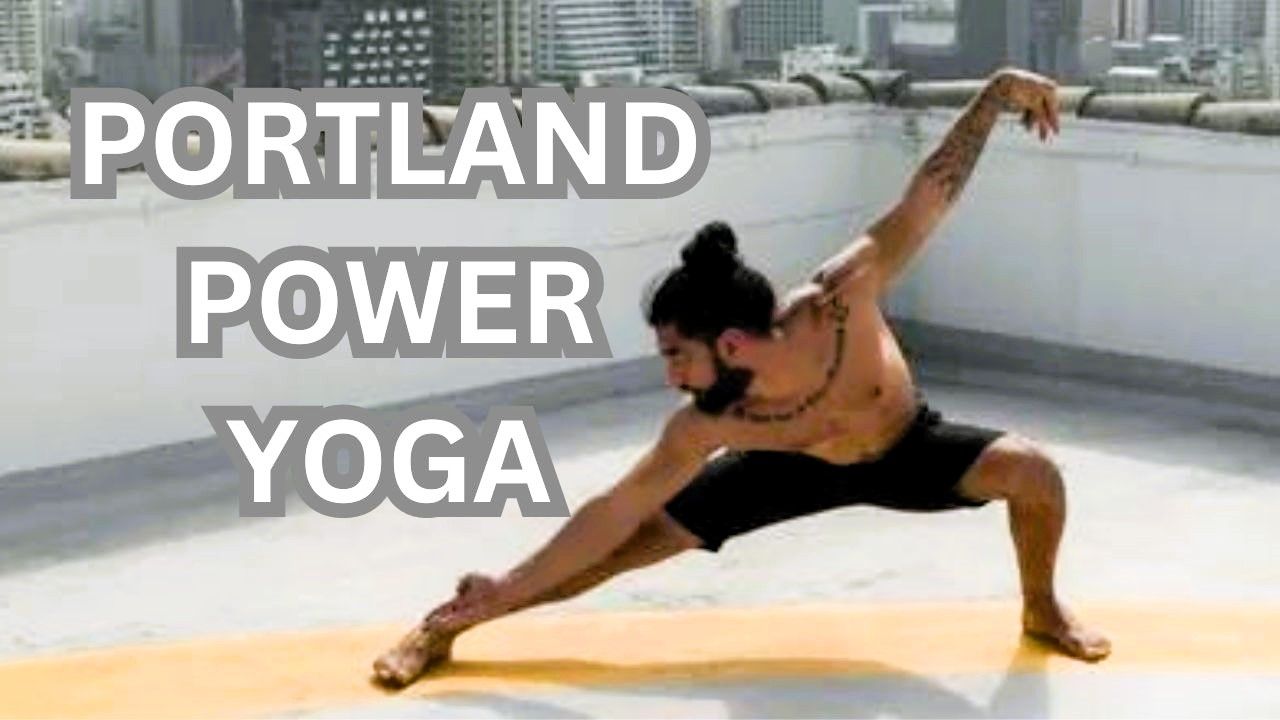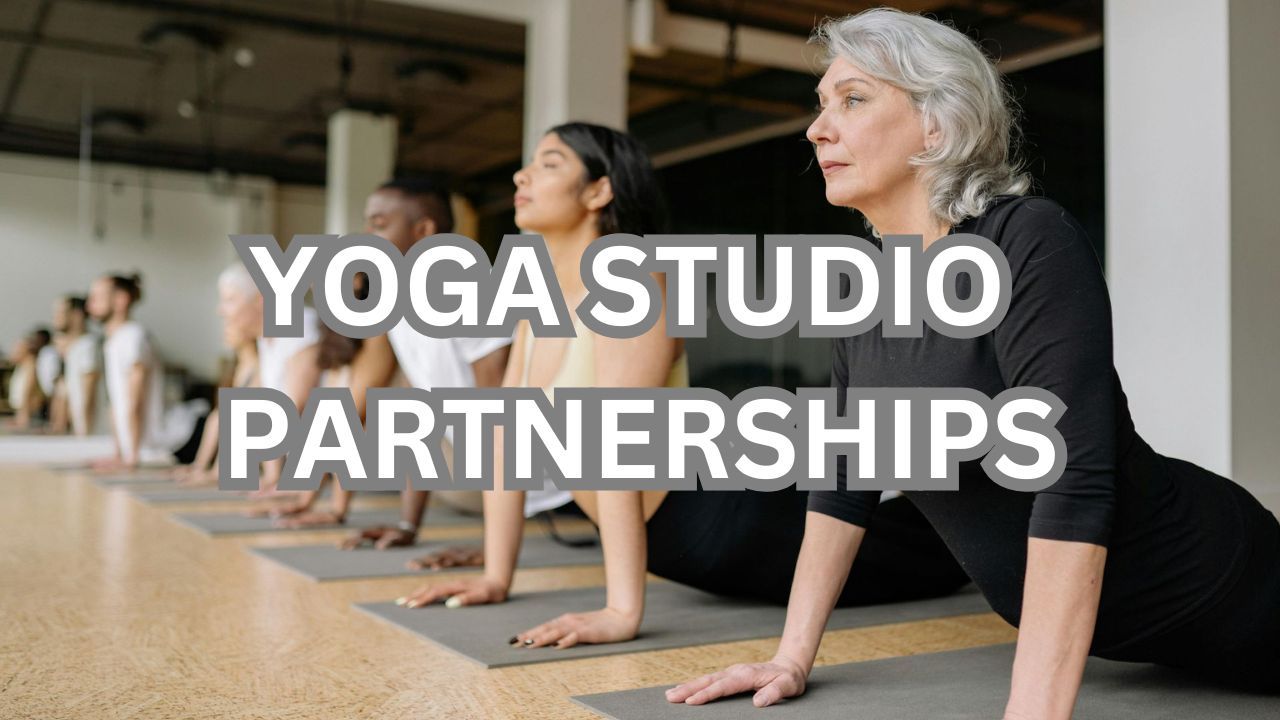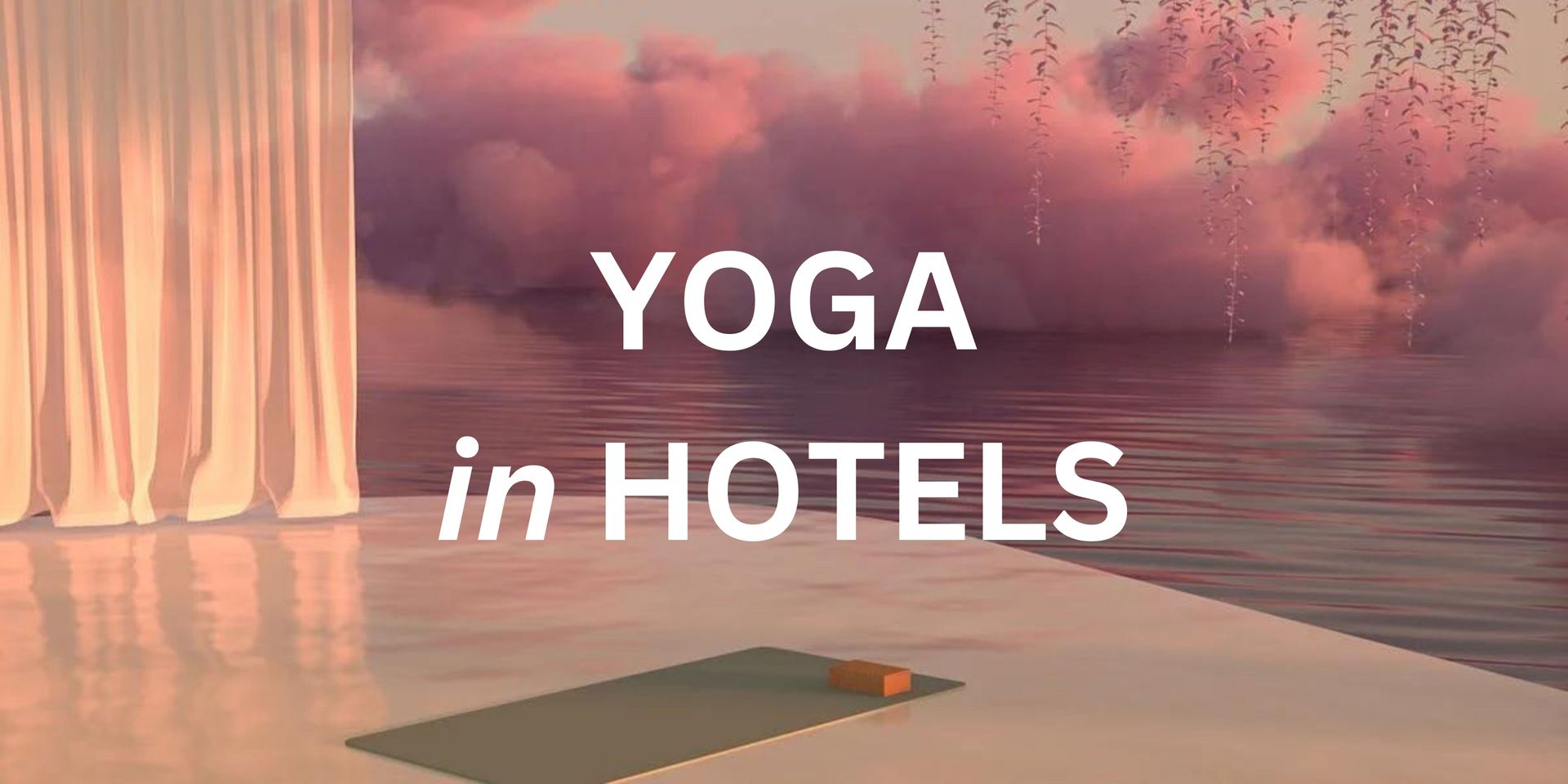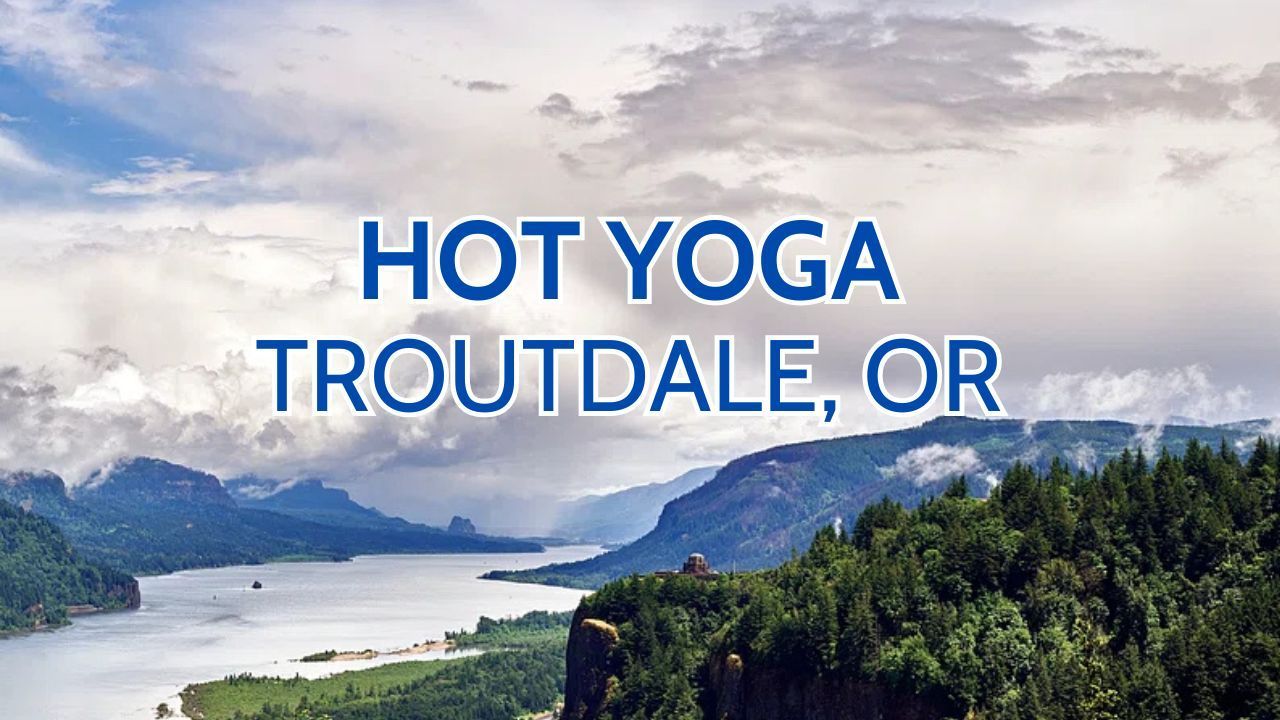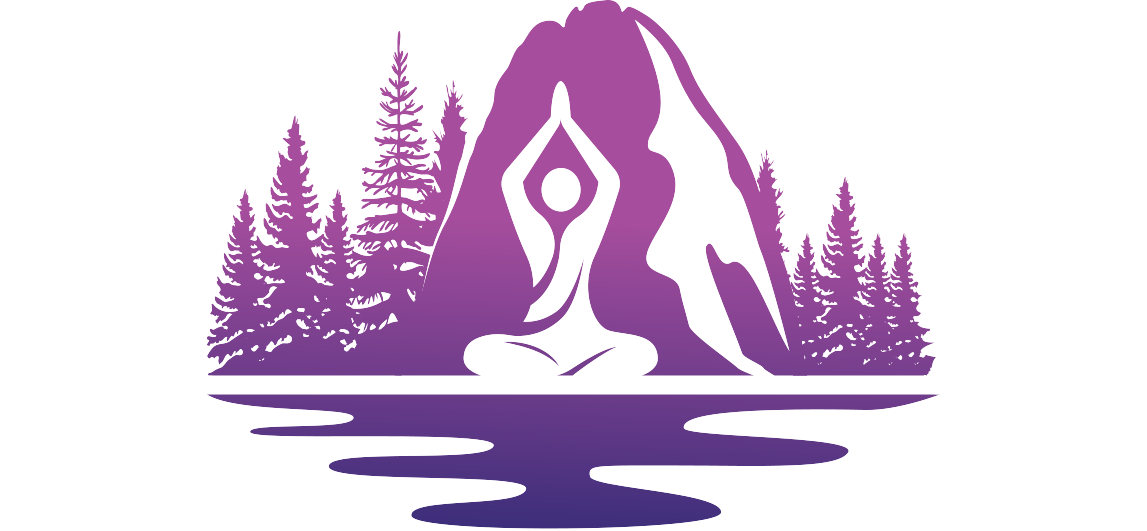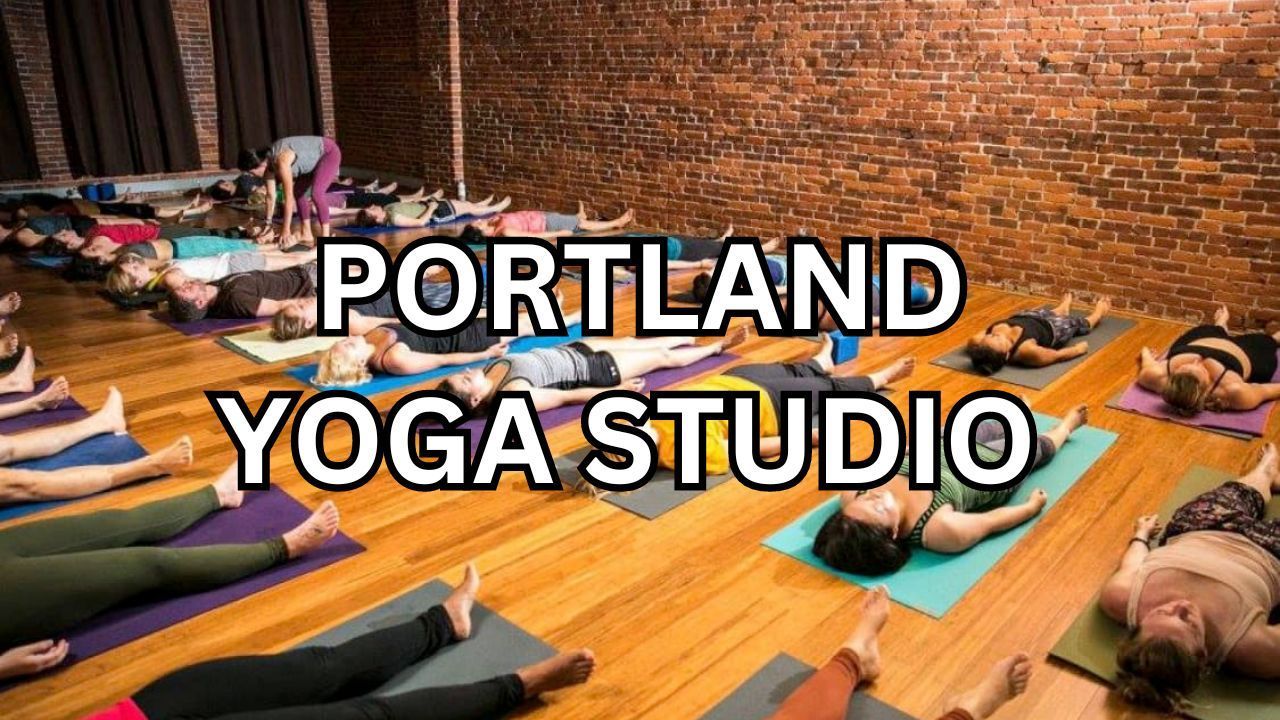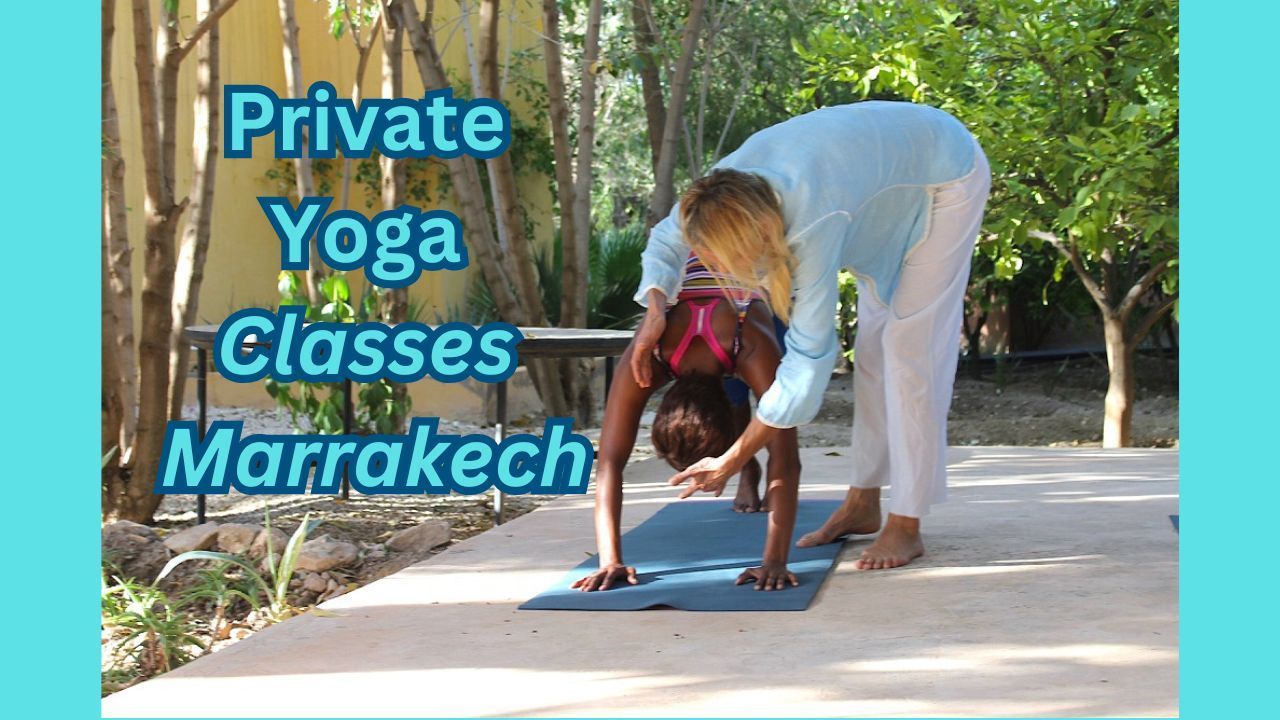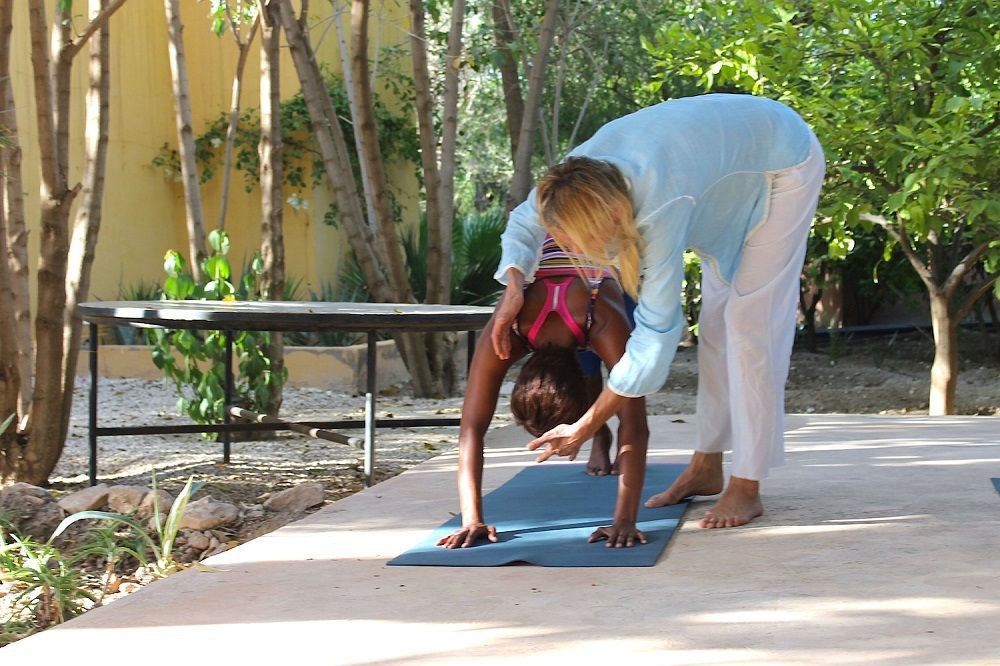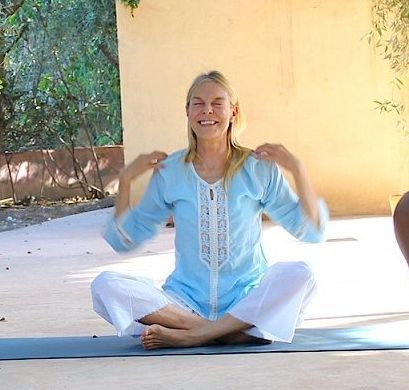Asana Under the Loupe Bhujangasana
Next week Ines, your virtual yoga instructor, will put Bhujangasana (Cobra Pose) under the loupe: .
We have the tendency to define our self-worth and to compete with ourselves. We feel the need to overcome our boundaries and limits and reach new heights, to confirm that we have grown as individuals. Most of the times we are more critical with ourselves than with others and even brilliant achievements and successes can makes us feel chap fallen. Our competitiveness can become a daily fight and we might loose focus from more important goals in life and we may become merciless towards ourselves. We sometimes loose our inner compass and push ourselves into the wrong direction, where instead of feeling growing enthusiasm we feel tired and drained. Acknowledging and being conscious that we compete with ourselves enables us to identify our needs, our ambitions, our thrive for out-growing ourselves. Yoga teaches us to be patient on the way to become a higher version of who we already are. Our virtual yoga class or virtual yoga retreat will assist you to a find consistency and security within the practice, and a steady practice brings progress. Feeling pleasure and pride deriving from one’s own achievement is a positive attitude and has nothing to do with the sense of self-importance. Leave your ego and your self-competitiveness behind while you practice yoga.
Cobra is one of the many forms of the prone back bending asana, such as Shalabasana (locust), Dhanurasana (bow) and prone boat. The cobra today is mostly practiced while performing a sun salutation, thus the benefits of lifting the body of the floor against the pull of gravity are reduced as when we perform this wonderful and important asana integrating it for example in a core and back bending sequence.
Benefits: Tones and elasticizes the spine and all vertebrae, strengthening the large muscle bundels between the spinal column and the paravertebral gutter. During the dynamic phase the trunk rises with support on the abdomen where the internal pressure increases. During the static phase, the belly is stretched. In both cases the visceral content is toned. The posture van relocate slipped disc and may relieve backache, it works against atrophy of the dorsal and vertebral muscles. Strengthens and toning the nervous system, benefits the abdominal organs. During the static phase while breathing profoundly the liver and pancreas are stimulated. The increase of the intra-abdominal pressure acts on the kidneys, during the pose blood is expelled from the kidneys, while by returning to the initial position, an influx of fresh blood rinses and promotes diuresis. The thyroid gland is regulated. Tones the adrenal glands which secrete adrenaline, the hormone and dynamism. It also controls the secretion of cortisone and protects against some forms of rheumatism. Small stones may be flushed from the gallbladder. Improves digestion, maintains the genital system healthy, and on an energetic level bhujangasana relates to Svadhisthana Manipura, Anahata and Vishuddhi chakra.
Bhujangasana dynamic variations
The cervix (the back of the neck) is active and passive, and all three versions shall be practiced in succession.
A1) Lie in a prone position, face down, legs are straight, heels and feet together, allthough the lower extremities are relaxed. The forehead is placed on the ground. All the muscles of the body are relaxed. Breathe in and out calmly and evenly. The hands are placed in the cervix (pinkies where where the skull meets the spine). Lift the head up, the hands and arms are at most opposed to the raising of the head. Contract the back muscles starting from the cervix. Do not lift beyond the last ribs, do not lift to the maximum. The traction lies between the arms and the back. Hold for 5 – 10 breaths. Return to the ground and breathe slowly and evenly for a few breaths.
A2) Bring the hands below the chin with the hands on the floor, lift the head up, contracting all the muscles of the front side of the body. Hold for 5-10 breaths. Return to the ground, forehead is resting on the hands , breathe slowly for a few breaths.
A3) Then place the hands back on the cervix , lift the head and chest up high, lift the chin to the maximum, yet the hands and arms are at most opposed to the raising of the head and chest. Hold for 5 -10 breaths. Return with the forehead to the ground, turn the head and chin to the left, recuperate a calm breath and slow down your heart beat.
B) Lie in a prone position, forehead on the ground, keep the legs straight, heels and feet together allthough the lower extremities are yet relaxed, palms of the hands roughly by the chest, fingers point forward, elbows point backward and are close to the torso. Inhale, lift the palms of the hands from the floor tighten the muscles from the hips to the toes and lift the head, neck, shoulders and chest, keep your elbows flexed and close to the chest. When raising the torso use your back muscles. The pubic bone remains on the floor. Hold the final position for 5-10 long breaths. Notice that each inhalation raises the upper part of the body and every exhalation lowers it. The lifting and lowering action is due to the muscles involved while inhaling and exhaling. Holding the hips, thighs and pelvis firmly we stabilize the lower back and the spinal attachment of the two tendinous structures (crural attachments) of the diaphragm. As the hip and thigh muscles are engaged, the spinal attachment is stabilizes and only allows a reduced lifting effect.
Breathe out and slowly bring the torso and forehead back to the floor, turn the head and chin to the right, recupe your breath and calm your heart beat.
Alternative: If your lower back feels uncomfortable in the classical cobra, then instead of using your back muscles to extend the spine, push up with the arms to lift the shoulders, place the traction on the lumbar region, remove tension from the intervertebral disks. Start the asana with the hands on top of one another, place your forhead on the dorso of the hands, elbows to the sides. Keep the elbows, forearms and hands on the floor, lift the head, push up with your arms, and perform an isometric pull with the arms as if you are trying to pull yourself forward. The legs, thighs, hips and back muscles are passive and relaxed.
Contra-Indications: Inguinal or discal hernia, the pose can accentuate pain by compressions of the sciatic nerve, in case of displacement of vertebrae. Weak or compromised abdominal organs, intestinal tuberculosis, hyperthyroidism,
